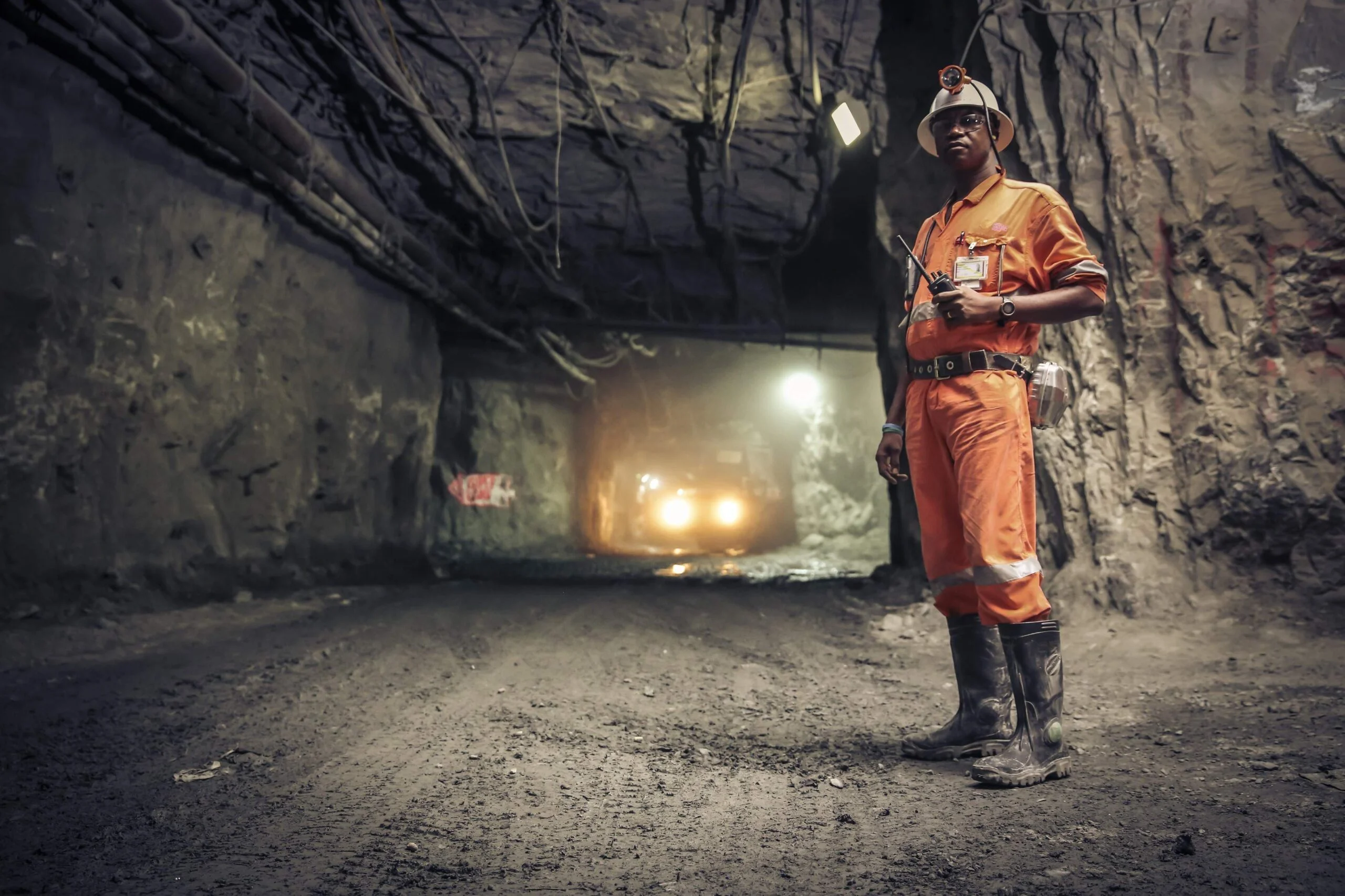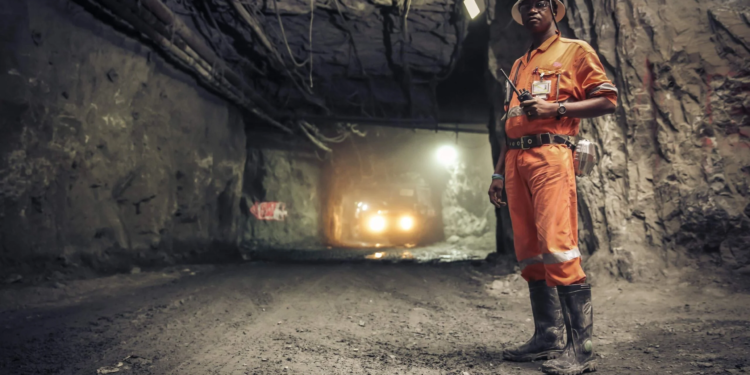
Zambia’s largest mines are turning to an unexpected power source amid the country’s worst energy crisis: South Africa’s Eskom Holdings SOC Ltd., a company that is only now recovering after struggling to meet electricity demand in its country.
Zambia relies on hydropower for around 85% of its energy, however, a historic drought has crippled the supply. Households now receive just three hours of electricity per day, forcing companies like First Quantum Minerals Ltd. to seek power from neighbouring countries to keep their mines and smelters operational, according to Bloomberg.
The energy shortfall in Zambia is turning out to be more severe than expected just weeks ago. The country is on the brink of depleting water reserves at the Kariba Dam, the world’s largest man-made reservoir, and is only weeks away from potentially shutting down power generation there for the first time.
Compounding the crisis, ongoing maintenance at Zambia’s only coal-fired plant has further strained the power supply, intensifying concerns for mine operators and industries in the coming months.
“Power imports from Eskom that were not factored into earlier assumptions are mitigating the impact of this decrease,” Anthony Mukutuma, a director at First Quantum’s Zambian unit, said. “As such, we expect power supply to First Quantum Minerals operations to continue uninterrupted.”
Eskom’s transmission unit has been supplying 250 megawatts of power to Zambia since August, providing more than 10% of the country’s usual energy demand, according to the utility.
Plans are also in motion to double that amount within a month through a separate agreement, facilitated by Africa GreenCo, a regional electricity trading company.
Ana Hajduka, the CEO of Africa GreenCo, shared these developments in a recent interview, highlighting the ongoing efforts to mitigate Zambia’s energy crisis.
First Quantum, responsible for about half of Zambia’s copper production and operating Africa’s largest nickel mine, is heavily reliant on electricity. The mining sector typically accounts for around 50% of the country’s power demand. However, Zambia’s usual generation capacity of 3,777 megawatts has drastically fallen to just 1,019 megawatts due to the ongoing energy crisis.
Despite the government’s efforts to protect the mining sector, which contributes about 70% of Zambia’s export earnings, state utility Zesco has imposed emergency restrictions, cutting 40% of mines’ normal electricity supply. As a result, operators are turning to more expensive regional power sources to bridge the gap.










